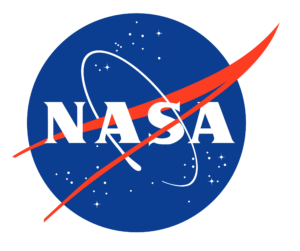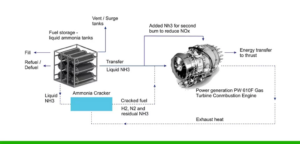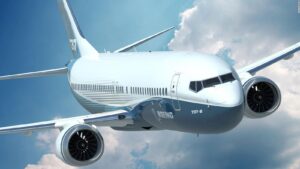
Australia-based Aviation H2 have selected the use of liquid ammonia to turbofan combustion as the best pathway forward for developing hydrogen-powered aircraft. Based on the existing Dassault Falcon 50, Aviation H2 aims to have the converted aircraft in the skies by mid-2023.

